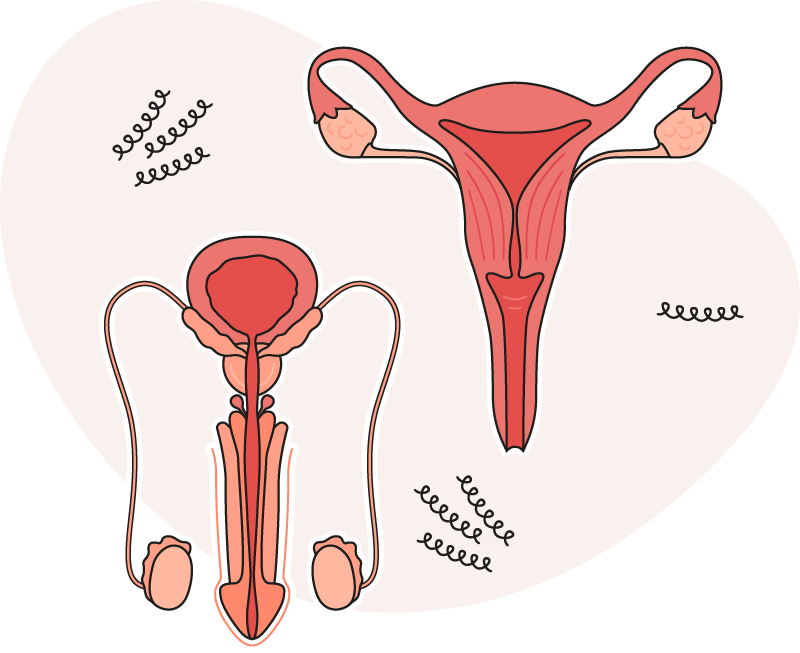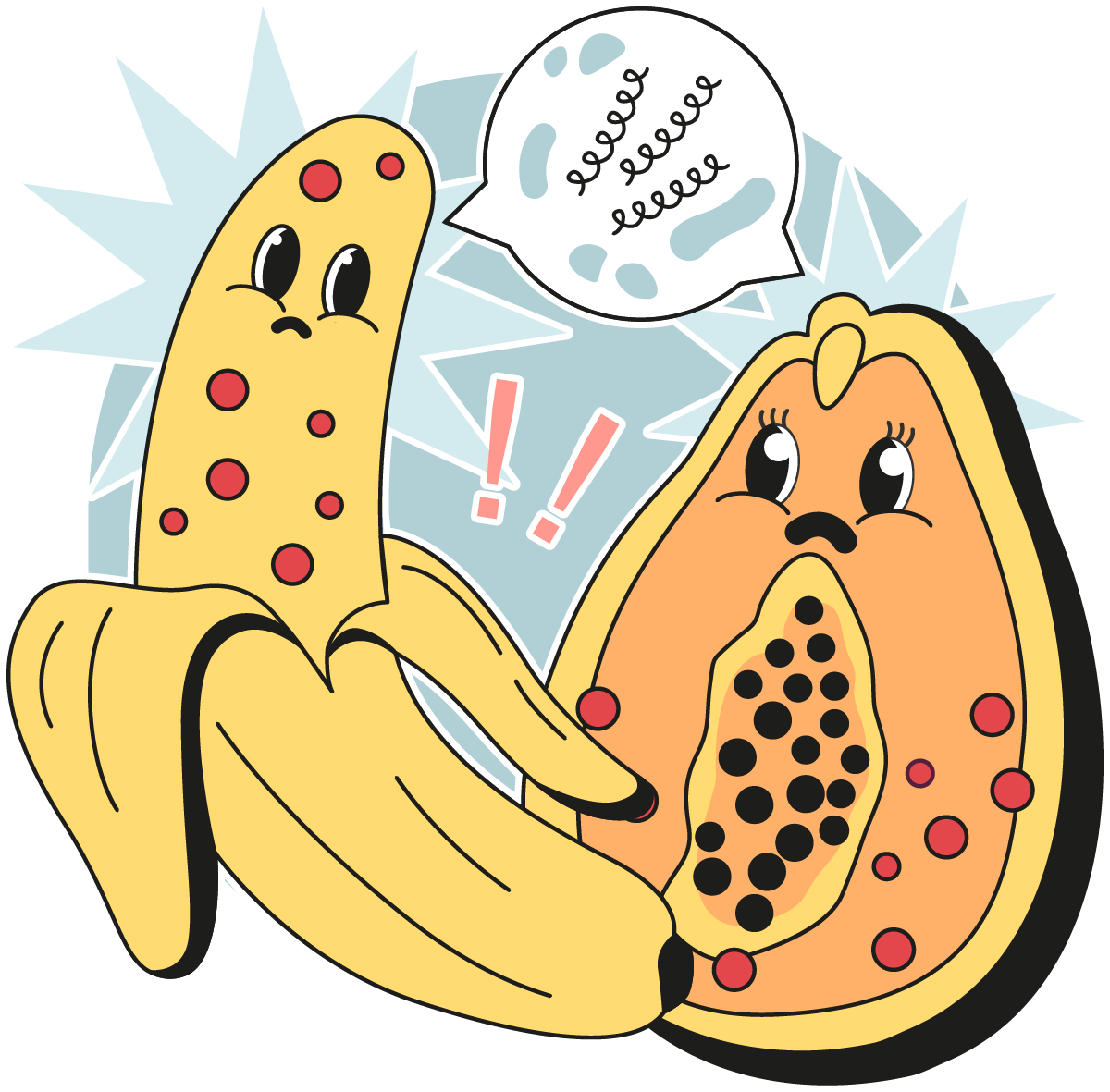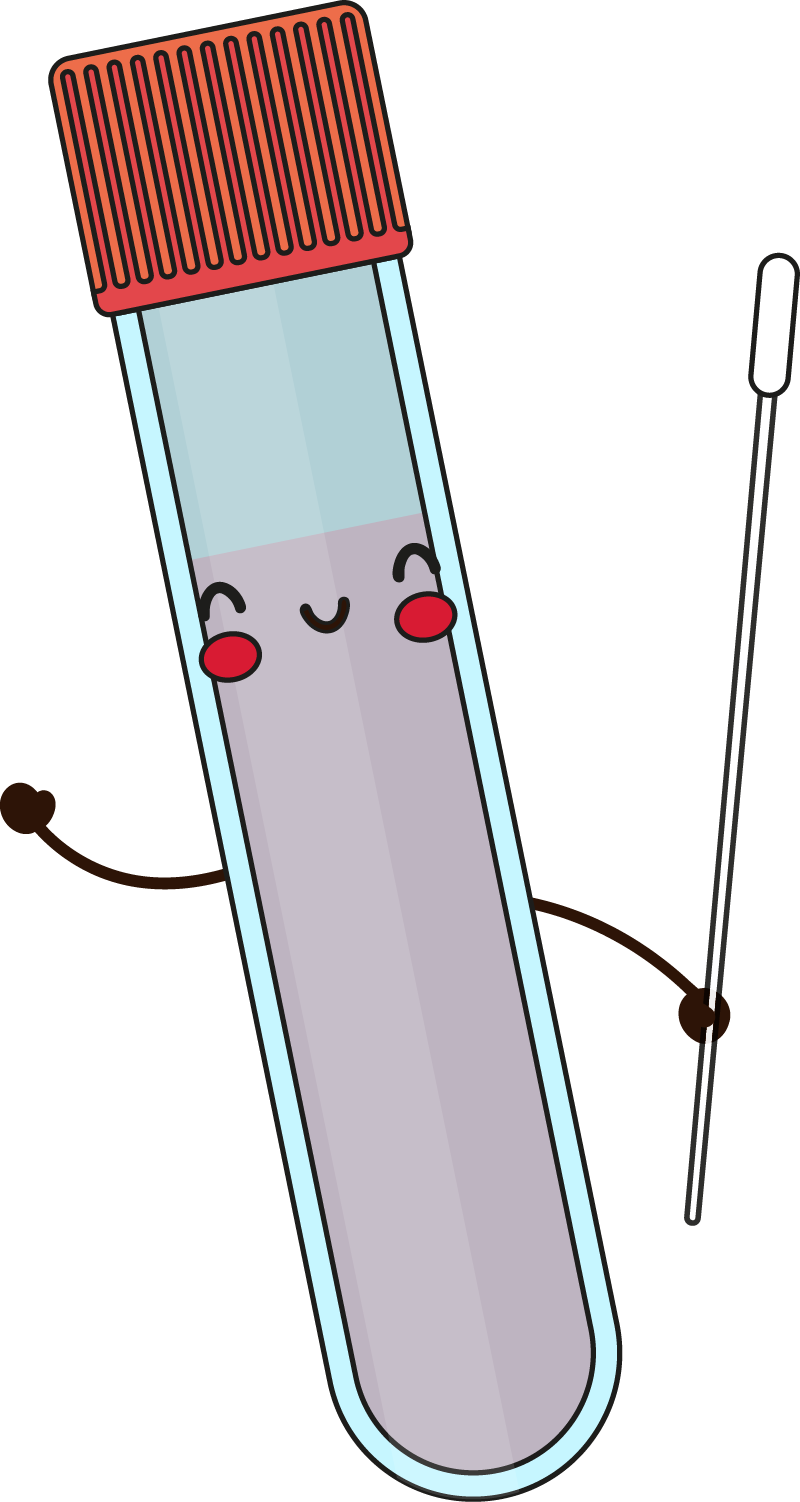Syphilis
Symptoms of syphilis are often mild to begin with and can be hard to recognise.

Symptoms
You’re also at risk of getting serious problems later on if it’s left untreated.
• Sores in your mouth, lips, hands or bum
• A rash on the palm of your hands and soles of your feet (not usually itchy)
• White patches in your mouth
• White or grey wart-like growths on your penis, vagina or around your anus
• Flu-like symptoms, such as high temp, headache, tiredness, or swollen glands
• Patchy hair loss on head, beard or eyebrows
Syphilis can
be passed on
through:
• Coming in contact with an ulcer of an infected person
• To an unborn baby during pregnancy
• Sharing dirty needles with an infected person

Getting checked
for syphilis
If you have symptoms of syphilis, your penis, vagina and anus will be checked for syphilis sores (ulcers). If you have sores, they may collect fluid samples using a swab to be sent off for testing.
The rest of your body will also be checked for other signs of syphilis, like a rash, sores or wart-like growths.
It is likely that other STI tests will be carried out at the same time.
If you test positive, your current and any recent sexual partners will need to be tested/treated. Your healthcare provider can advise you about contacting sexual partners though this can be done without naming you.
You can to talk to your GP, school nurse or pastoral officer if you cannot access the sexual health service or go into a pharmacy for advice.
Treatment
Syphilis is treated with a course of antibiotics.
During that treatment time, make sure you don’t have unprotected sex (vaginal, anal or oral) until you and your partner have finished treatment and repeat blood tests required 3, 6 and 12 months, or six monthly until VDRL test is negative.
It is also important to continue to use a condom after treatment so that you and your partner don’t get reinfected.


